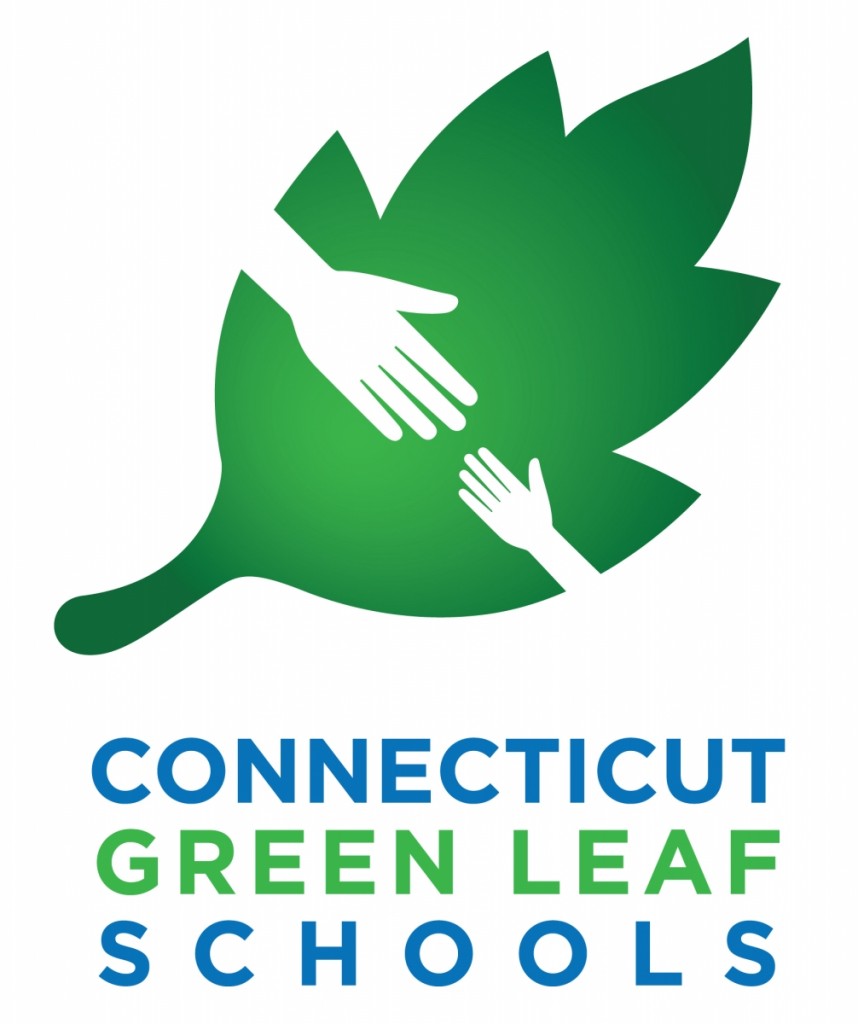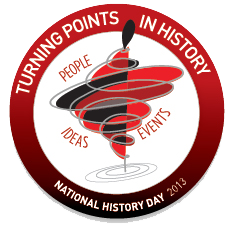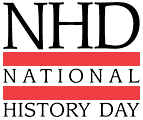In Only 37 Communities Do More Than 2/3 of 4th Graders Pass All Physical Fitness Tests
/
What do the towns of Preston, East Windsor, Bethany, Stafford, and Clinton, have in common? Less than 20 percent of fourth grade students in those communities meet the standard on all four physical fitness tests – the lowest percentages in the state. For Preston, it’s the second consecutive year in the bottom five.
At the upper end of the spectrum, 95.5 percent of 4th graders in Eastford meet the standard on all four physical fitness tests, in Westbrook 89.5 percent, in Sterling 85.4 percent in New Canaan 83.3 percent and Union 80 percent – the only towns to exceed 80 percent in the most recent data, for 2011. In 2010, 100% of fourth grade students in two towns – Union and Caanan – passed all four physical fitness tests, no towns reached that level in 2011 data.
Overall, in only 37 communities did more than two-thirds the fourth grade students pass all four physical fitness tests, and in another 63 communities more than half (but less than two-thirds) of the students did so. In 69 communities, fewer than half of the fourth graders pass all four tests - compared with 67 communities the preceding year.. Connecticut has 169 towns and cities.
towns and cities.
The data is available on the web site of the Connecticut Data Collaborative, which is bringing together data from various state agencies, making it more readily available to the public, along with the means to combine data from different agencies and chart the information in data visualization charts that help to illustrate patterns that enhance understanding.
The Connecticut Data Collaborative is a collaborative public-private effort to improve the quality of and access to policy-related data in the state – a central portal where all Connecticut organizations and residents can access a wide range of data from federal, state, local and private sources relating to the health, well-being and economy of the residents of the State of Connecticut. The goals of the Collaborative include:
- Advocacy – Advocating for the public availability of all state data to inform public debate and to drive planning, policy, budgeting and decision making in state government.
- Standards – Promoting and modeling use of data standards around privacy, interoperability, data definitions and quality.
- Access – Meeting demands for public access to data through the Collaborative’s data portal, CTData.org, and the associated Connecticut Nonprofit Strategy Platform.
- Building Capacity — Creating opportunities for Collaborative and peer support in data development and use both online and in person.
















































